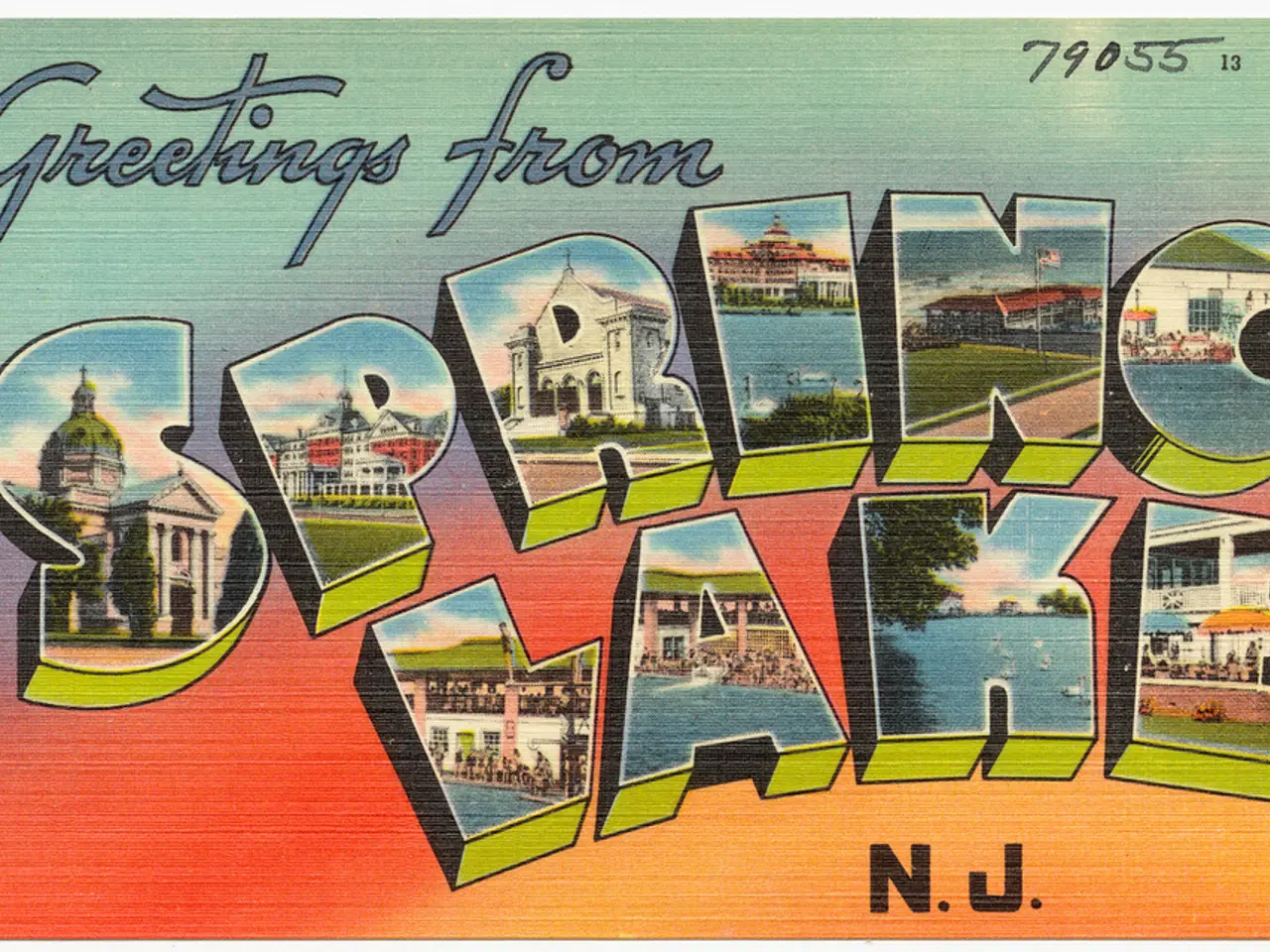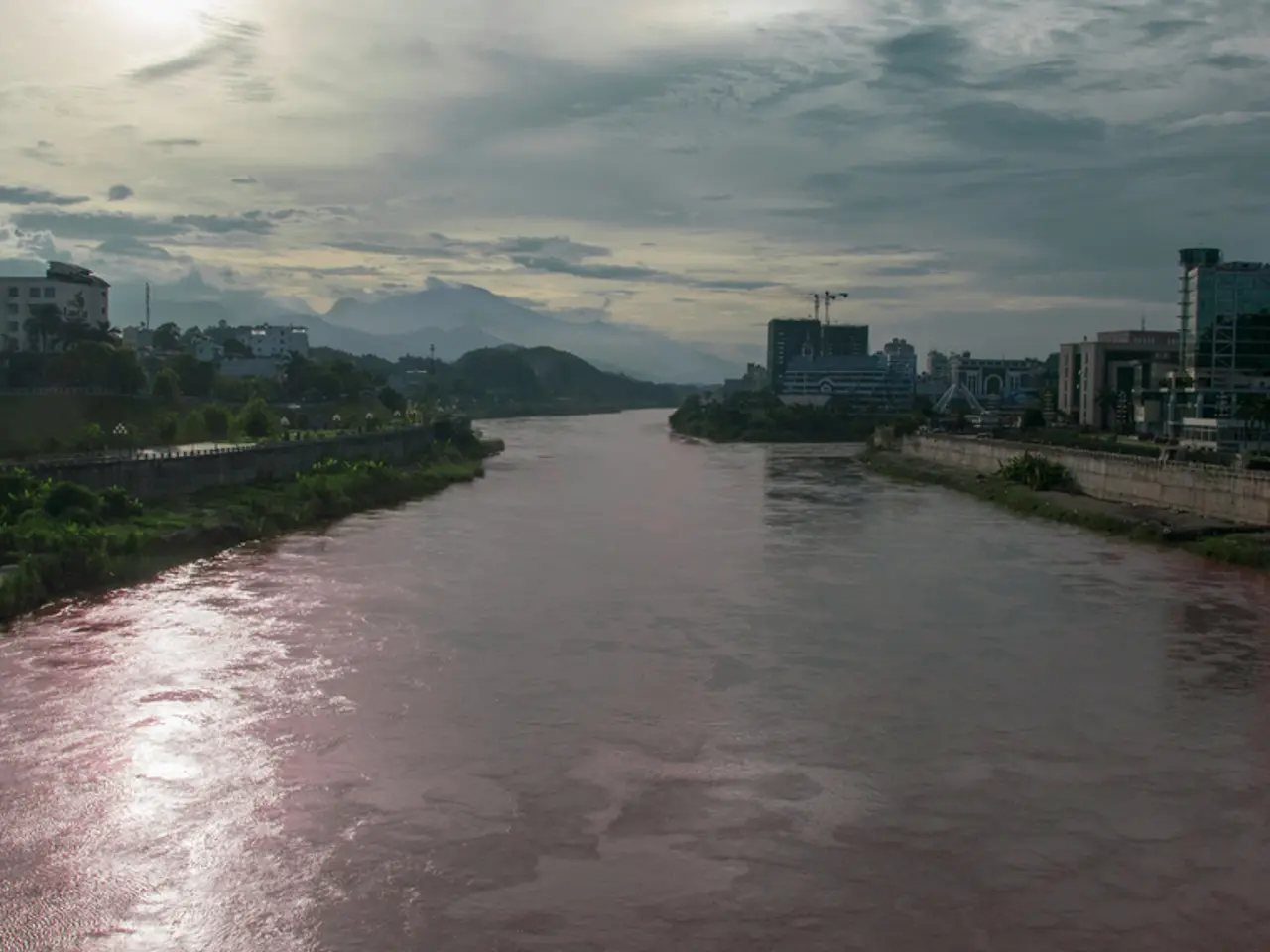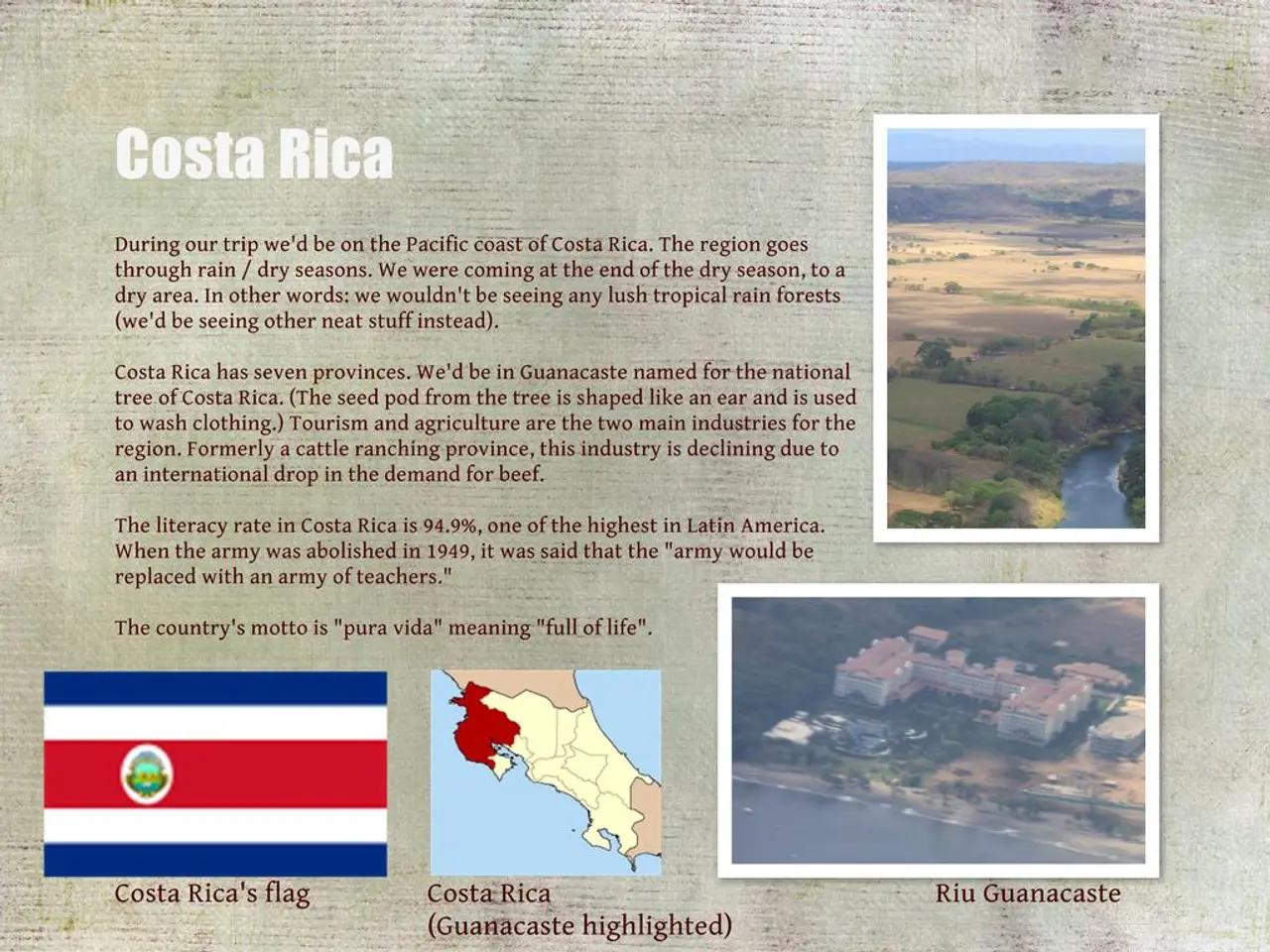Record-breaking rainfall floods Catalonia during the month of July, marking the wettest July in a century.
Record-Breaking Weather Events Strike Catalonia in 2025
Catalonia, a region known for its Mediterranean climate, has experienced a series of extreme weather events in 2025. These events, marked by intense rainfall, storms, heatwaves, and wildfires, have significantly deviated from the region's historical weather patterns.
The summer of 2025 began with record-breaking heatwaves, temperatures soaring up to 42°C in parts of Catalonia. These extreme temperatures contributed to a growing wildfire crisis, with over 9,000 hectares of forests and farmland burned in the northeastern region alone during early July. Experts warn that rising temperatures are increasing the risk and frequency of such heatwaves and wildfires, suggesting a sustained trend of worsening heat extremes compared to historical climate norms [3][4].
Contrastingly, July 2025 temperatures in Catalonia were significantly cooler than June 2025. The centre of Catalonia and the pre-Pyrenees regions registered an unusually cold July, making it the coolest July in Catalonia since July 2014. Despite the cooler temperatures, the region experienced one of the rainiest Julys in the last 100 years.
A significant event was the arrival of a DANA (Depresión Aislada en Niveles Altos) storm on July 12. This storm caused very intense rainfall across Catalonia, leading to the highest-level alerts (levels 5 and 6) from the Catalan Weather Service and emergency measures such as mobile phone warnings and travel advisories. The storm resulted in river overflows, notably the Foix river in Cubelles, causing flood-related emergencies and missing persons [1]. Such DANA storms are known phenomena but have become more intense and frequent due to climate change [2].
The excessive rain in July 2025 was concentrated over a few days. Tossa de Mar, in the Selva province, recorded rain levels of up to 186 litres per metre cubed. However, despite the excessive rain, forest fires still occurred in Catalonia this summer, with the dry shrubbery susceptible to sudden ignition due to the skyrocketing temperatures [5].
These extreme weather events underscore the effects of climate change in amplifying both precipitation extremes and heat stress in the region [2][3]. As Catalonia continues to grapple with these weather challenges, efforts to adapt and mitigate the impacts of climate change will remain crucial for the region's future.
References:
- Catalan News Agency
- Climate Central
- European Commission
- World Meteorological Organization
- Catalan Government
- The record-breaking heatwaves and wildfires in Catalonia during the summer of 2025, alongside the subsequent intense rainfall and DANA storms, are examples of how environmental science indicates that climate change is increasing the risk and frequency of such extreme weather events.
- The unsettling environmental-science findings suggest that the weather patterns in Catalonia are altering dramatically, with the rising temperatures and intense precipitation extremes becoming a new normal, which makes adaptation and mitigation strategies crucial for the region's future resilience against extreme weather events.








